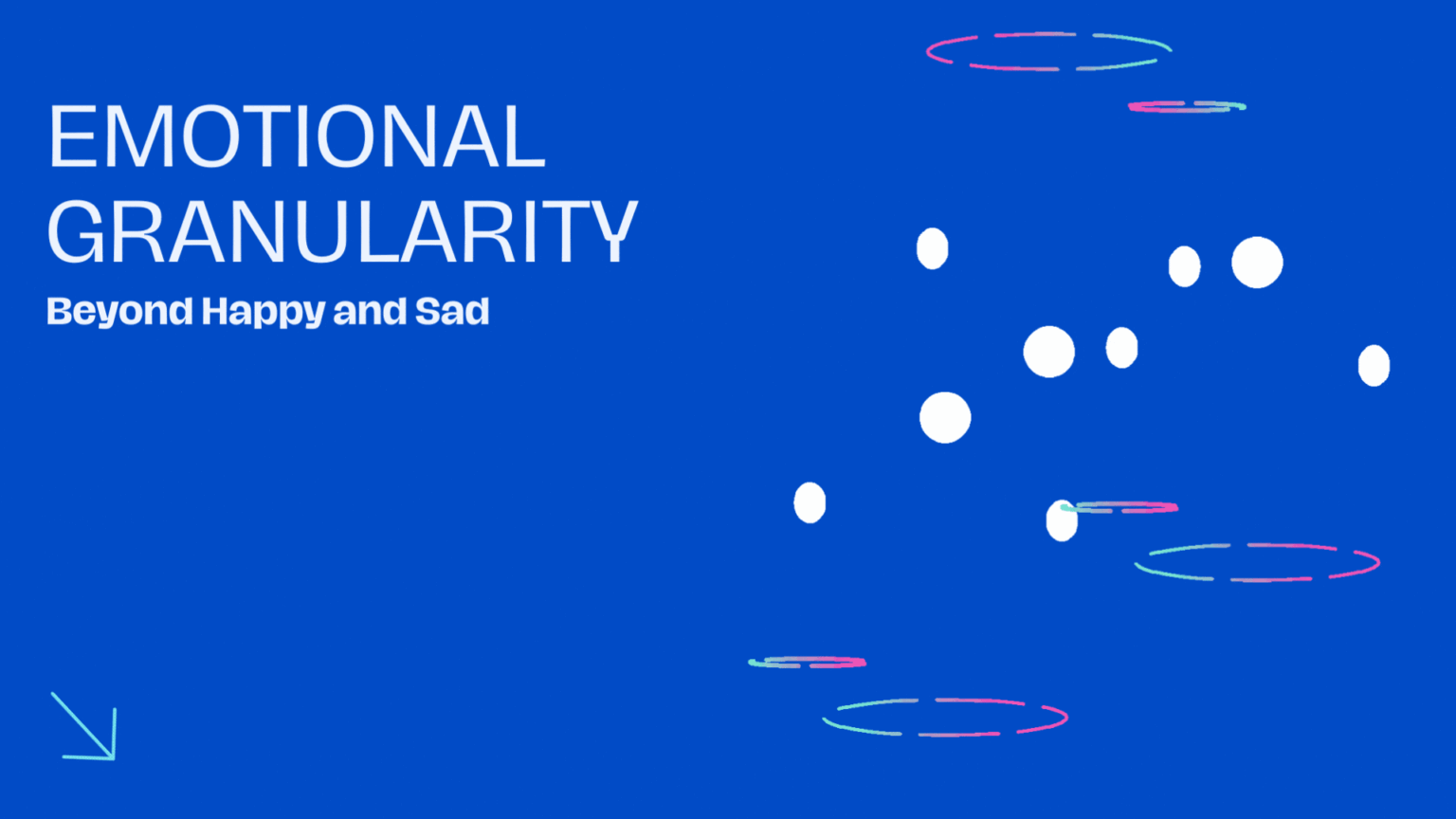One of the best return-on-time invested activities I’ve completed in recent months is composing a personal mission statement.
It’s been 18 months since I started on self-employment. To be frank, it was initially a bit rough. However, I personally felt that it was very satisfying.
And as it gets better, it gets harder again. I suppose that’s how it goes. With more experience, you also solve tougher challenges that can become an endless struggle.
At times, you may get irritated.
You were once cruising and now you are losing. Once again. You may fail many times before it gets easier again. If it does, savour it. And it will get tougher, invariably, quickly enough.
I’m also getting used to the rollercoaster of emotions it takes to work for yourself, trying to carve your own course. Sometimes it gets so frustrating I just feel like quitting. As time goes on, the peak gets higher, but the bottom is lower than ever.
A STATEMENT OF PERSONAL MISSION
A Personal Mission Statement consists of sitting down, thinking long and hard about your life and career, listing everything on your mind and considering what’s most important.
You need to find where you want to go — most widely known as “the vision”—and what moves you need to take to get there, and what’s keeping you from getting there.
I start by writing down why I’m doing what I’m doing, and why I’m still doing it. I reconcile my vision and strive to eradicate the obstacles that prevent me from fulfilling my goals. More importantly, I write down what I call “engagement rules.” This is the true mission statement output.
There are laws that teach me how to take care of myself, body, and job. They’re not carved in stone — I won’t punish myself if I deviate from them — but they act as reminders of what I’m doing wrong and how I can fix problems painfully, but surely.
Writing my personal mission statement is a straightforward exercise with enormous benefits. I save it in Google Docs and open it every morning to remind myself until it’s ingrained.
So, as I said, I feel at a low point at work. I enjoy what I do and making it a good living, and these are two qualities I felt were unlikely 18 months ago.
But it’s hard to see the growth, you’re still you.
Speaking of growth, I think of infinite staircases. You look at it and can’t see the finish. After a few hundred steps, you start ascending and stop. What do you see? Further steps. Since you’re moving ahead, you’re still seeing further measures.
Personal mission statements make you turn back and see how far you’ve come.
If you show somebody 18-months-ago-past-Dan and now-18-months-later-Dan and make them matched, they’d be like “Man, that guy changed a lot. Look what he’s done in such a short time! Yet, unfortunately, never feel that way.
And you’re still. You’re your own critic. You could do 100 times more than you ever imagined, and you wouldn’t feel better yet. You’dn’t be ecstatic. At best, you’d be happy … while offering you insight And that’s the second bonus of mission statements: they remind you where you’re from.
They’re like saving Super Mario Bros checkpoints. Whenever you’re irritated, you should go back and read how far you’ve improved in recent months. Some of the topics will be the same — because we’re human and we’re making the same mistakes all the time, yo — but most of the concerns will be new. Before’s problems?
They’ll seem like easy issues when you’ve fixed them. Your latest issues? That’s the hard ones. Still what do you know? Eighteen months from now, you’ll look back and think, “Oh, guess what, those were dumb issues too.” It’s the only way I know to see from outside.
It’s like you and past-you’re two different beings.
And much of the time you’ll read what you wrote back then, thinking “Man, what a whiner.” And it’s not about jobs either.
You may also make unique mission statements about your personal life or something more basic, such as diet , weight-lifting, or acquiring new skills. They will allow you to make change and put your life in perspective. Then I sat down, dreaming about work long and hard.
I started writing stuff down in Google Documents before all the guidelines became explicit about what they meant and how I could incorporate them. Finally, I like to write personal mission statements from above, from someone else talking to me.
Maybe I’m odd, but I picture mission statements as Dan is giving Dan a pep-talk. That’s why I use the 3rd person. That said, here’s my latest job “Rules of Engagement”:1.
Money’s not wealth. Money is a lot of things, but it’s not just wealth.
At least that’s not how you look. Wealth is almost like liberty.
Wealth will stroll in the park at 3 pm only because you like it. Or take a few days off without warning to relax. Or focus on stuff you want to do. So treat money for what it’s: free cash.
Avoid looking at your savings account and panic that it’s not bigger than a few months before. Anyway, who cares? Using capital instead.
Spend it (most people say “invest”) to generate capital, not more capital. If you do, more money will come. Hire or purchase tools to simplify or execute activities you’ve learned.
Do all to make you work more effectively. Investing capital that way gives you time and independence. Liberty+time = wealth.
Invest money for equality, time, or both.2.
Sleep + Diet + Emphasis. Some days, it appears you can’t focus longer than a few minutes.
Your mind wanders the slightest diversion flicker. It’s a craving diversion. And now you’re trying to power forward.
You think your lack of concentration is simple indiscipline and you must prepare your mind to focus. You’re mistaken.
If you can’t concentrate, you’re not misfocusing.
That doesn’t make sense! Look at the fundamentals to see where you went wrong. I may guarantee one of three things (if not all): sleep, diet, or exercise. How’s your sleeping pattern?
You get enough sleep? How’s your sleep quality? Do you wake up every day at the same hours? Do you observe one week-long routine, then another week-end? What’s nutrition?
How much did you eat? Food is body and mind power. Load with junk input and have junk output. Fix it now: vacuum the fridge and junk food cupboard and restart. Finally, see physical and emotional training.
More often than not, the mind is overworked. Maybe you don’t give it enough rest, or occasionally let it wander. Our brains must also unplug. Look at the inputs again: what’s the brain feeding? If you’re on a strict dopamine-rushed click diet that diverts attention everywhere, how do you expect your brain to concentrate when you need it? See sleep, diet, and fitness inputs.
They are the real leading lights why the performance suffers
Add, Delete. Since you do much of your brain work, feed it frequently and feed it well.
I know you now.
Dan still wants to do too many at once. You can’t help, you still want to do better than you can. It won’t improve. And somehow we need to fix it.
We’ll purge first. Then we add “brake lights.” The first is the simplest one: look at what you do — from large ventures to minor nuisances like reading emails — and delete something that doesn’t add meaning.
This includes removing or contracting tasks to unsubscribe from a newsletter. And then avoid “brake lights” happening again.
Driving a brake light advises you to slow down. Apply the same definition here. If you have a genius new idea (I’ll save you the suspense: it’s definitely not brilliant, at all) save it on a note called “2020” and resume your work. When the year ends, open the note and read all the suggestions and try fascinating ones you think. Yet you’re packed right now.
You can’t take on more work, commitments, newsletters. Finally, Nice chance posting guests?
Save for 2020-Dan. Want to run a twist coffee house?
2020-Dan’s your boy. Mad about making nomads’ ultimate backpack?
Europe 2020-Dan! Life ‘s ultimate productivity hack says “no.”
And the hardest thing is saying no to you.
Fortunately, you needn’t. Only delay it until next year. Perhaps.4.
Work Right Stuff, Sometimes Working Incorrectly. Not all work is made equal: some will be amazing, some are ok, others will suck.
And that’s fine. That’s how it works. Knowing you’re focusing on the best stuff, even if imperfectly, is what you need to consider.
An article can turn out awful, but it’s still the right job. And as long as you keep focusing on the right things, your abilities and experience will grow, and one day the production will rise.
To be the best, you must start being the worst. So keep working on the right stuff
Previous Declaration of Personal Mission
I searched and re-read the first personal mission statement I wrote. Gaining insight on the challenges I faced then and how much change I’ve made over the last few months was truly humbling.
Here’s the text from back then: PERSONAL MISSION STATEMENT
Operations’ first month. Time to step back and ask questions, focus goals, and look hard at business.
I’ve been worrying a lot about my company rules and instructions. Then, are my recurring reflections about how to do business, set goals, and concentrate. They’re the rules I’m going back to, time after time.
I wanted to write them down, so I could go there.
These are some of the important values :
1. If all is a priority, nothing is.
Fail to do so many at once: get traction on a newsletter, write a lot on a blog, and coding ventures.
Then, short / medium-term approach entails constructing and increasing stuff to raise sales in the coming months. Coding doesn’t meet these conditions, and blogging can take some time.
Newsletter, too, does.
If I get enough attention, I will start marketing items to the audience. I need to spend 80% of my time on this project before I hit that point.
What’s the point? 10,000 Users. It’s like every other number, but something to reach for.
I’ll keep writing things on my blog and coding if I have a new idea, just not putting a third of the effort into each. It’s about reorganising my time to the fullest extent. It’s important to keep writing on the blog, but at least 3–6 months I won’t see results due to SEO.
2. Orient one goal. PERSONAL MISSION STATEMENT
Ideally, I need one metric governing everything, a North Star Metric. By relying on one metric, I can quickly determine how good this project performs. This metric can (and possibly will) adjust every quarter, based on the product / service process.
For instance: PERSONAL MISSION STATEMENT
-Then, newsletter is in growth phase: the statistic is the cumulative number of subscribers.
-Then, blog is starting: the total number of posts should be
-Depending on the performance, it may mean:
-The newsletter’s income: net sales
-The blog is in momentum phase: max subscribers3. Ask Something.
-Occasionally, focus on business and ask the hard questions:
-How should I do it?
-Am I producing enough output?
-Should this project kill / pivot?
-Is my emphasis target aligned?
What am I doing irrelevant?
What do I do, I’m not?
Is this the easiest way to do this?
3. Figure out if anything is removable.
Taking an hour to concentrate on these questions does not produce immediate production, but in the long run it will do more good as I will re-focus on matters.
And learn about what should be omitted in programmes , activities and everyday operations.
Then, 1% realised this long ago: the secret to genius isn’t sophistication. it’s simplicity
.4. Pareto as Guide Theory.
The Pareto principle — also known as the 80/20 law — says that for certain cases, approximately 80% of results arise from 20% of triggers.
It may mean for my business:
80% Newsletter subscribers come from 20% of my networks
Eighty percent of traffic channels carry blog views
80% of sales comes from 20% of the goods
Knowing this, I can evaluate data and concentrate on those 20% channels / traffic / products. Place the power into what gives your best results.
5. Being data-driven.
It’s no good gathering data just to let it rest or fire your ego. If a channel fits for acquisition right now, throw all the power behind it (whenever possible).
Take time to learn increasing hack platforms. Whenever practicable, follow shortcuts to create short and long-term traffic. Study goes far
6. Check, don’t guess.
Growth comes from hard work and chance. Hypergrowth is checked.
Test in question.
Internal development (within the website) means checking headline, history, CTA, button colour, referral rewards, referral networks …
External development (outside the website) means checking platforms, originals, storeys, advertisements, keywords …
Find what works. And double-down.
7. Non-core outsource.
A one-man enterprise involves a lot of options and trade-offs. Few aspects would be ideal or deserve the consideration they would need.
But note rule 1 (reworded): if all’s the core business, nothing’s.
Tasks should relate directly to North Star Metric. For the newsletter, if I do anything that won’t get me more readers, it’s non-core.
Do as the needle passes.
Outsource remaining.
8. Maintain a low overhead.
One of the biggest benefits of being a solopreneur is low-cost service management.
Outsource non-core — such as blog design — but aim to do so for as little as possible (or better, find a recurring freelancer).
Then, same refers to tools: if a particular tool is a necessity or a desire?
A penny saved is earned
9. Send struck.
Fear is the number 1 reason that holds back people.
I sense it too.
My emails aren’t enough. Then, latest blog post isn’t enough. I’m not sure about the hyperlink colour. May I publish this on my Facebook? My code’s sucking …
What’ll people say?
A solopreneur is a struggle.
None of the coworkers will ask for support. You must experience it all alone.
10 .Embrace the fight
hat’s where breakthroughs come from.
Then, doing something that fits is a magical moment. Yet nobody ‘s going to clap.
And you got ta do it yourself.
Learn to celebrate the small victories . Then, end of a big blog post, 100 new followers, a book released on Amazon reaching a best seller list, the blog’s first subscriber. Finally, that’s how you see improvement.
Remember : The fight takes you forward.










